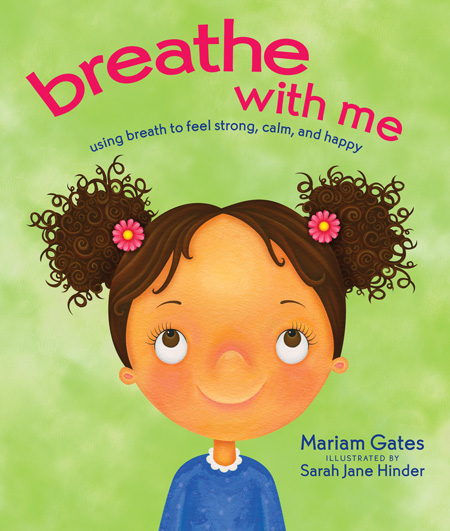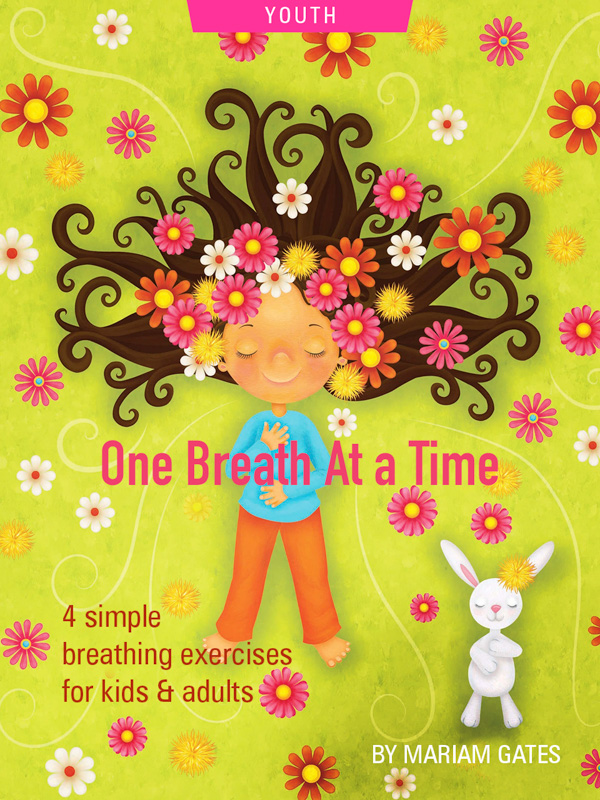
Mindful breathing exercises can help children (and adults) develop the tools they need for self-soothing and self-regulating as they navigate life’s stresses
—
Anyone who spends time with children regularly knows they can go through a wide range of emotions — in a single morning. Learning how to navigate some of the ‘big feelings’ like anger, frustration, and sadness can be a big task for little ones, but it is an essential skill for growing up and overall wellbeing. Mindful breathing exercises can help children develop the tools they need for self-soothing and self-regulating in any moment. (And here’s the good news, they work equally well for adults.)
We know intuitively that our breathing affects how we feel emotionally and physically. When under stress it is not uncommon to even ‘hold our breath’ or hyperventilate. The breath is a powerful bridge between our mind and body and sometimes a simple shift in our next inhale and exhale can be the fastest way to bring ease and clarity to any situation.
In stressful moments our body moves into what is known as ‘fight or flight’ or ‘freeze’ mode. Regardless of the threat (real or imagined) our heart rate increases, our breathing becomes shallow and other changes happen to manage the challenge at hand. This is helpful if we are actually escaping a lion, but the stress response is the same even if what we are ‘handling’ is not understanding the directions in class, feeling left out or having to share.
It is incredibly empowering to give children a way to move themselves out of that reactive, and at times overwhelming state, and into the calm and confident feeling of what is known as ‘rest and digest.’ For all of us, the fastest way to shift the stress response is by slowing down and focusing on the breath. And the benefits don’t end there. Breathing can help even when the ‘difficulty’ is simply having trouble waking up in the morning. Bringing more oxygen into the bloodstream can make even a tired morning go a little smoother.
It is important to practice these techniques when children are relaxed so that they can identify them as resources they can use when stressful moments arise. Notice how even reading through the exercises will have you both breathing a little easier. Try these now!
RAINBOW BREATH
Use this breath to develop focus and feel calm and awake for the day.
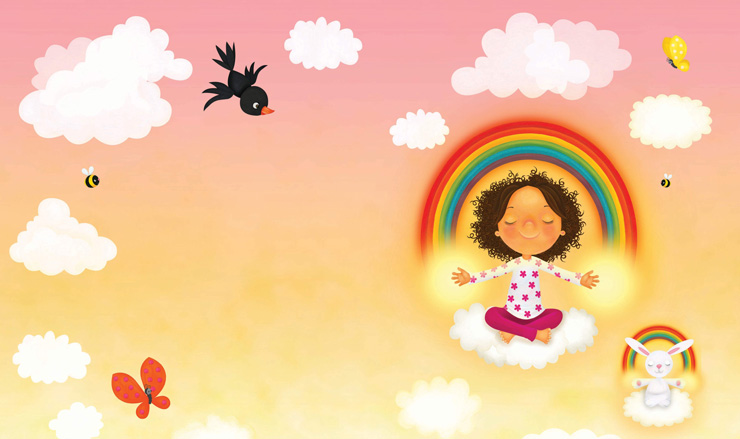
Sit up and let your spine grow tall
Bring your arms straight to the sides, palms down.
Inhale and sweep your arms up over your head, palm to palm.
Exhale and bring your arms back
Straight out to the sides, palms down.
Repeat three times.
DANDELION BREATH
Use this breath to build confidence and release worry.
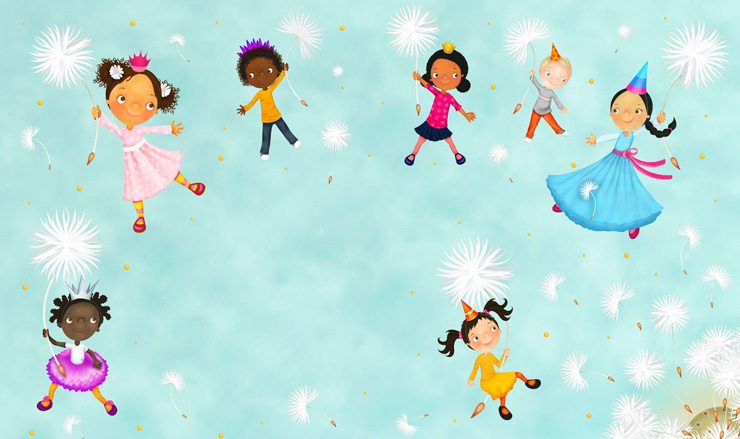
Sit up and let your spine grow tall.
Imagine a soft dandelion flower.
Take a deep breath in
and then blow the air out slowly,
sending the seeds into the air.
Repeat three times.
COUNTING BREATH
Use this breath to self-regulate and gain clarity in frustrating situations.
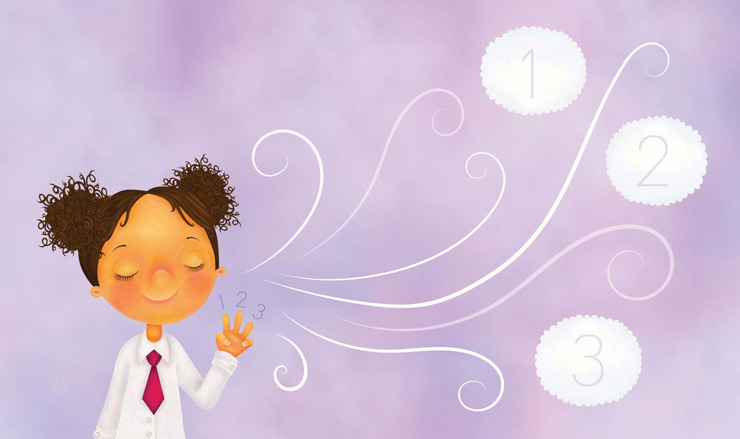
Sit up and let your spine grow tall.
Take a deep breath in, counting silently 1 . . . 2 . . . 3.
Then let your breath out, counting silently 1 . . . 2 . . . 3.
Repeat three times.
BELLY BREATH
Use this breath to self-soothe and feel calm and comforted when sad and/or hurt.
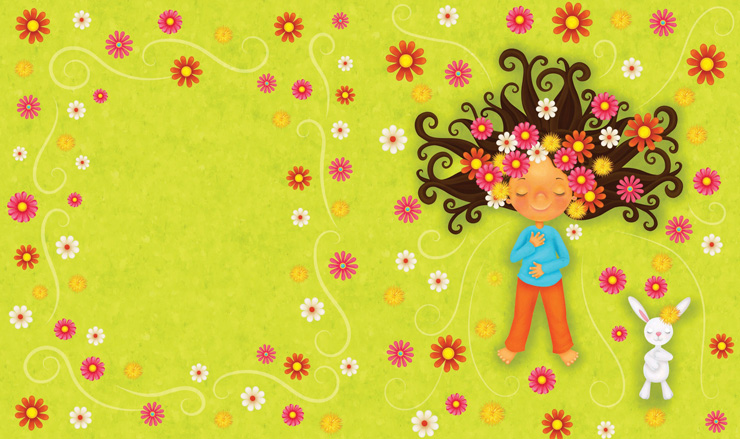
Lie down on your back.
Place one hand on your chest.
Place the other hand on your belly.
Take slow deep breaths and feel your
chest and your belly move up and down
as the air goes in and out of your body. Repeat three times.
You may also enjoy reading ALPHABREATHS: The ABC’s of Mindful Breathing For Kids by Christopher Willard
